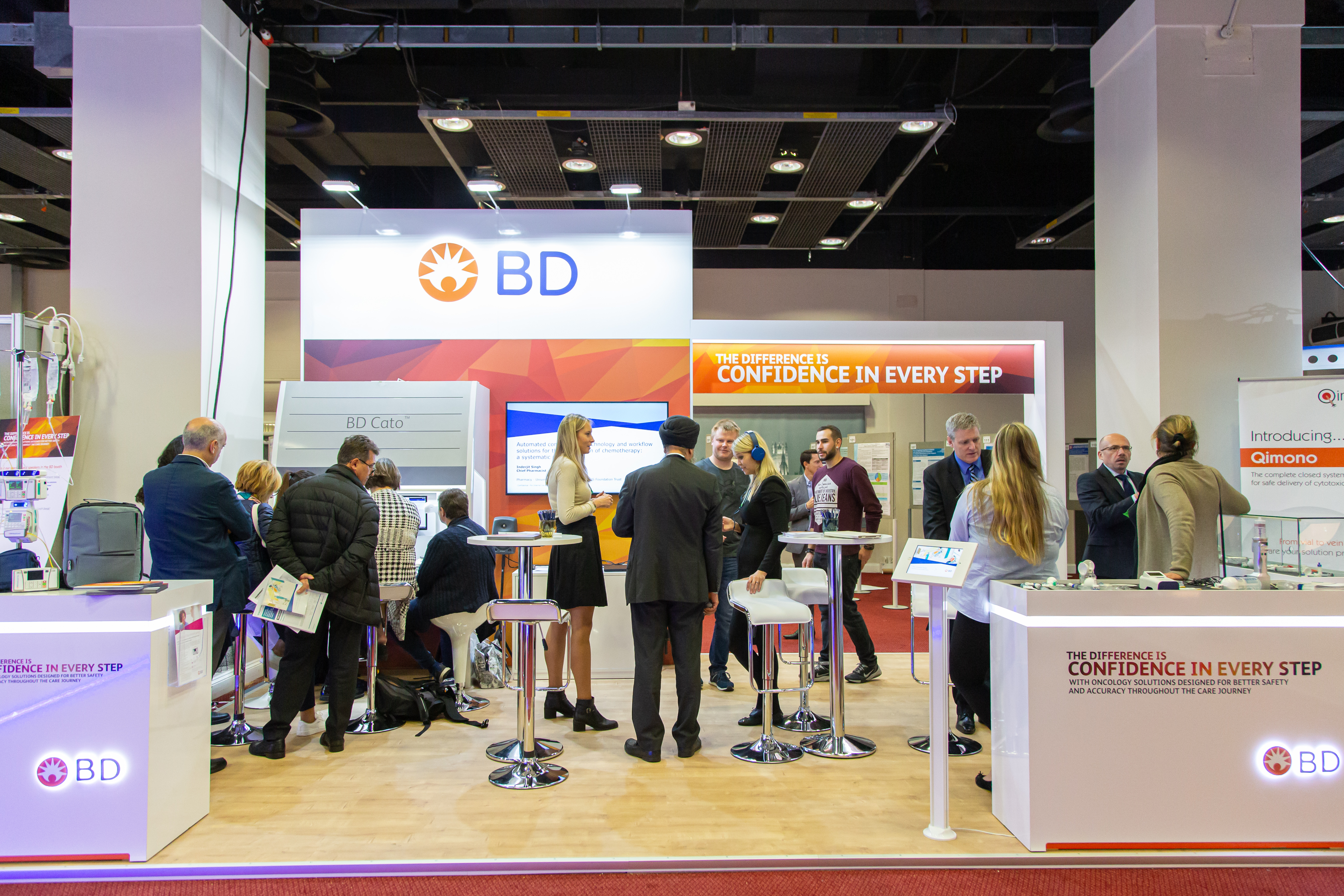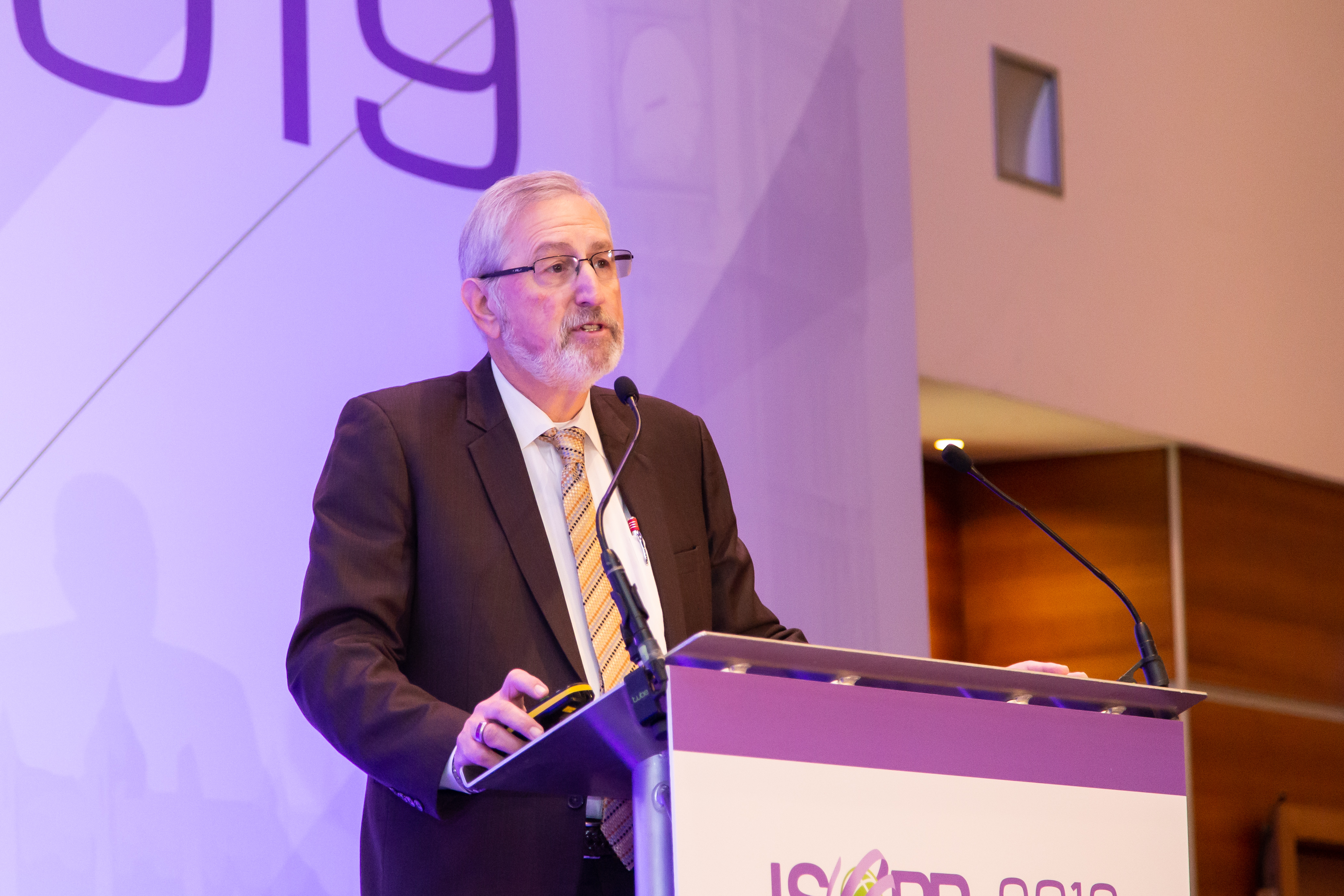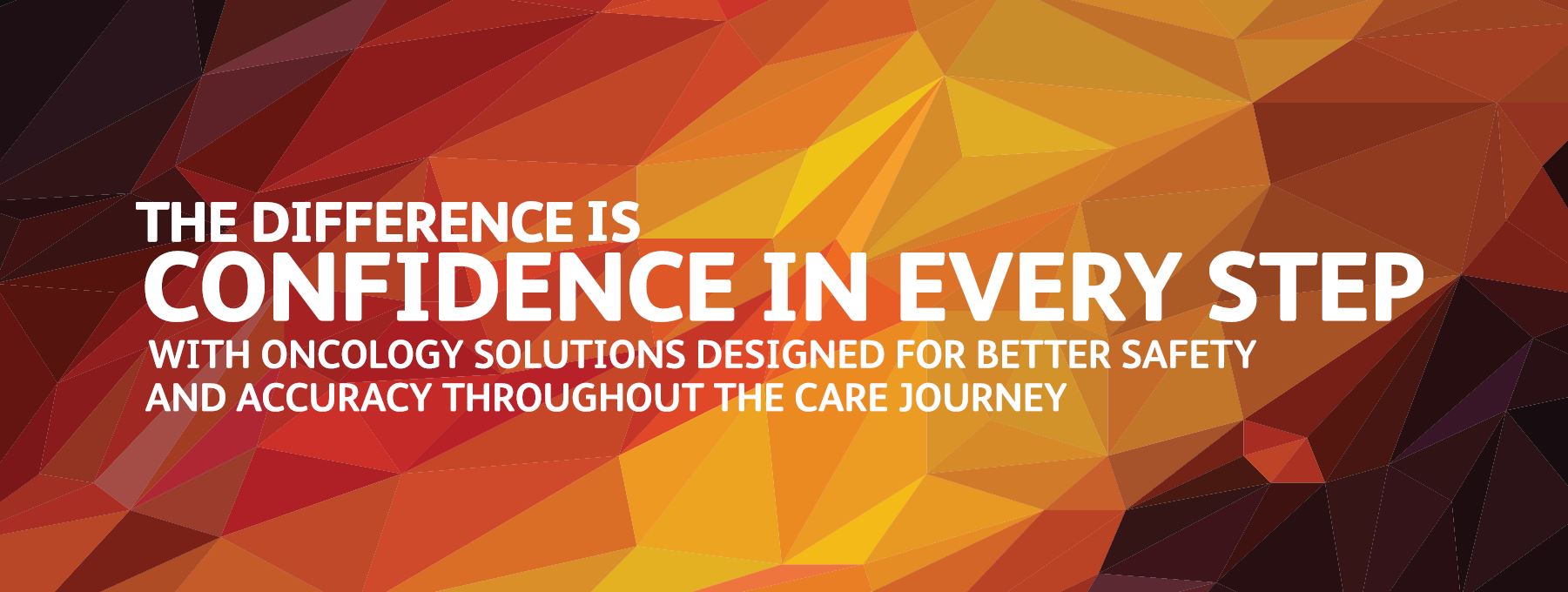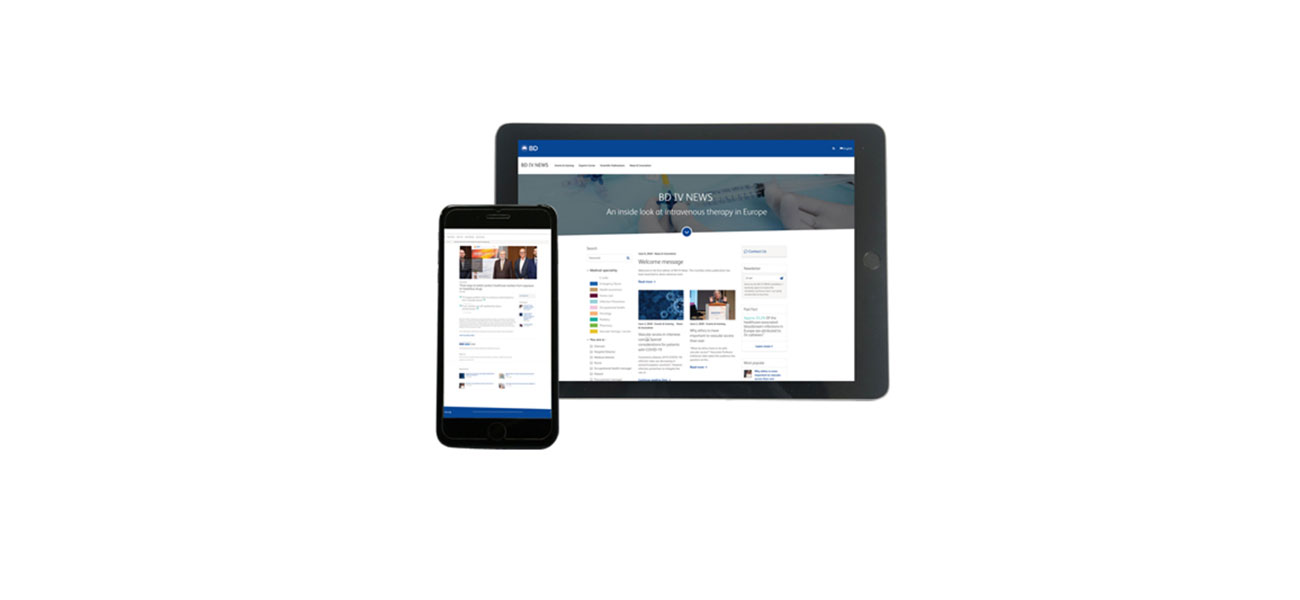BD at ISOPP: Protecting healthcare workers from exposure to hazardous drugs

The 2019 International Symposium on Oncology Pharmacy Practice (ISOPP) was a opportunity to show how BD is committed to protecting you from exposure to hazardous drugs (HDs) in order to deliver the quality care to patients with cancer. Our solutions help you prevent contamination during drug preparation, transfer and delivery, including a unique solution to detect surface contamination with HDs rapidly and reliably.
Finding the invisible threat: monitoring for hazardous drug surface contamination
BD satellite symposium at the 2019 ISOPP

Highlights
-
Stay up to date on current standards for HD surface contamination monitoring
-
Discover the status of contamination prevention in France
-
Learn how to implement a surface wipe sampling plan
-
Find out the practical applications of HD contamination monitoring technology
Standards for hazardous drug surface contamination monitoring1
HD contamination can be found on many surfaces in hospital pharmacies and nursing wards. It may then be spread to other areas of healthcare facilities. Inhalation and ingestion are potential routes of exposure, but healthcare professionals (HCPs) are most often exposed through the skin. HCPs may then suffer from short-term adverse effects such as skin and digestive disorders. Long-term effects include reproductive disorders, increased rates of cancer or internal organ damage1.

Dr Paul Sessink, PhD
Founder and Managing Director, Exposure Control Sweden AB, Bohus-Björkö, Sweden
The European Union laid out guidelines on protecting workers from carcinogenic and mutagenic substances in 20042 These are being updated and will include a list of HDs1. In ISOPP’s Standards of Practice: Safe Handling of Cytotoxics, studies on surface contamination monitoring are reviewed but this document does not provide recommendations3. The United States Pharmacopeia General Chapter <800> on “Hazardous drugs—handling in healthcare settings” (USP <800>) recommends carrying out surface contamination monitoring at least every six months5.
The biggest problem when it comes to contamination is that it spreads around —Dr Paul Sessink
Surface wipe studies are very interesting, but what do the results mean? That depends on what you want to know. —Dr Paul Sessink
Dr Sessink explained how to perform surface wiping tests1,5. The results can show the presence of surface contamination, whether it has spread or not and the potential risk of exposure by HCPs if performed before cleaning1. When performed after cleaning, surface wiping tests measure the effectiveness of cleaning procedures1. A HD level of > 10 ng/cm² is unacceptable and measures must be taken to reduce contamination1. Urine tests can detect exposure in HCPs1. Dr Sessink recommends paying attention to drug vials, changing gloves frequently, using closed-system drug transfer devices (CSTDs) and performing routine surface monitoring.

Nicolas Simon, PharmD, PhD
Professor of Clinical Pharmacy, University of Lille; Hospital Pharmacist, Lille University Hospital, France
Means of reducing the risk of occupational exposure to chemo drugs - a French point of view6
In France, guidelines for the safe compounding of HDs were published by the French National Agency for Medicines and Health Products Safety (ANSM), formerly known as the French Agency for the Safety of Health Products (AFSSAPS), in 20077. They were updated and a new version was published at the end of 2019. In a study carried out in 12 French hospitals, NDaw et al. collected urine samples from 250 HCPs8. They found higher levels of HD exposure in those working in oncology wards than pharmacies6,8.
Even though the pharmacists who participated in this study did not prepare cytotoxic drugs, they had the same level of exposure as the pharmacy technicians who prepared these drugs because the pharmacists verified their work8.
By implementing safety measures, we can see the progressive reduction of contamination. — Prof Nicolas Simon
For the past five years, the Lille University Hospital pharmacy has implemented measures to improve safety for intravenous (IV) antineoplastic drug compounding. Simon et al. carried out a six-month study comparing a closed-system drug transfer device (CSTD) with standard devices and found that using a CSTD significantly reduced contamination rates9. Three years ago, they started performing monthly hazardous drug surface contamination monitoring.
They completely redesigned their compounding unit. Two years ago, they moved into their new facility and this is how it changed6:
Before6*:
-
Volume: 30,000 preparations/year
-
Isolators: one with three workstations
-
Handling: spikes and needles
-
Cleaning and decontamination: standard biocide solution
-
HD surface contamination monitoring: none
*Average estimated monthly contamination rate: 34%
After6*:
-
Volume: 45,000 preparations/year
-
Isolators: Two with single workstations and two with double workstations
-
Handling: spikes and CSTDs for half of all preparations
-
Cleaning and decontamination: standard biocide solution, then a sodium dodecyl sulfate-isopropanol admixture (80/20)(10)
-
HD surface contamination monitoring: monthly
* Average estimated monthly contamination rate: 19%
By seeing the evolution of contamination in our unit, we can create alerts and actions to reduce contamination. — Prof Nicolas Simon
Prof Simon has shown that by implementing effective measures to manage and monitor HDs in healthcare facilities, it is possible to reduce contamination levels ensuring the safety of HCPs.
Practical application of hazardous drug contamination monitoring technology11
Dr Siegel described his own experience with exposure to HD contamination. It occurred in 1978 when a chemotherapy vial exploded in his face and turned it purple for 10 weeks. Personal protective equipment (PPE) was not worn back then. All of the nurses he worked with in the 1970’s had miscarriages.
In spite of the HD safety recommendations that have been developed since then, about 8 million HCPs are potentially exposed to HDs in the United States each year12.

Jerry Siegel, PharmD, FASHP
Consultant, Safe Medication Management Associates, Inc. (SMMA), East Greenwich, RI, United States
Dr Siegel showed a list of recommendations that provide guidance but said the USP <800> will be the most effective because of its enforceability. It was published on 1 February 2016 and went into effect on 1 December 201913. The USP <800> concerns all HCPs who come into contact with HDs.
In administration, nurses have very little protection, but CSTDs can reduce the amount of contamination. — Dr Jerry Siegel
According to Dr Siegel, HD safety starts with pharmacy design. The cleanroom should not contain anything other than what is absolutely needed for compounding. HDs are to be stored in refrigerators in a separate room and should be compounded one at a time. But as he pointed out, “You can build your facility right, but not practise correctly.” During HD compounding, required PPE includes: gowns; two pairs of protective gloves; head, hair, shoe and sleeve covers; eye and face protection and respirators.11 Dr Siegel added that CSTDs help reduce contamination when used correctly. He recommends using a four-step cleaning process:11
-
Deactivation: 6.3% sodium hypochlorite or hydrogen peroxide
-
Decontamination: 6.3% sodium hypochlorite or hydrogen peroxide, alcohol and sterile water
-
Cleaning: germicidal detergent
-
Disinfection: sterile 70% isopropanol
If you monitor, you will significantly reduce contamination. — Dr Jerry Siegel
Routine surface contamination monitoring is needed to verify the effectiveness of work procedures and protect HCPs and patients11. The BD® HD Check System is a handheld device used to rapidly detect HD contamination. Dr Siegel recommends using it once a month and using other analytical methods such as liquid chromatography mass spectrometry (LC-MS/MS) once every six months. There is no universally accepted level of surface contamination, but the USP <800> suggests 1 ng/cm² as the limit4. When combined, effective pharmacy design, the right PPE, CSTDs, proper cleaning techniques and routine contamination monitoring can all ensure the safety of HCPs and patients.
Let's have a conversation








